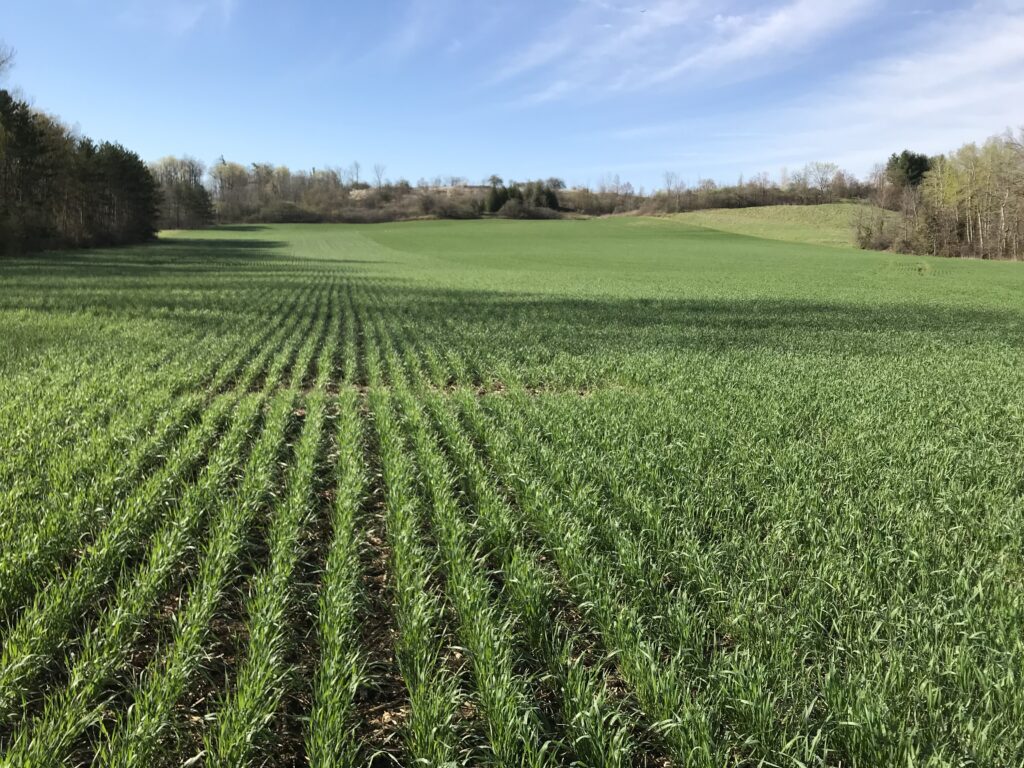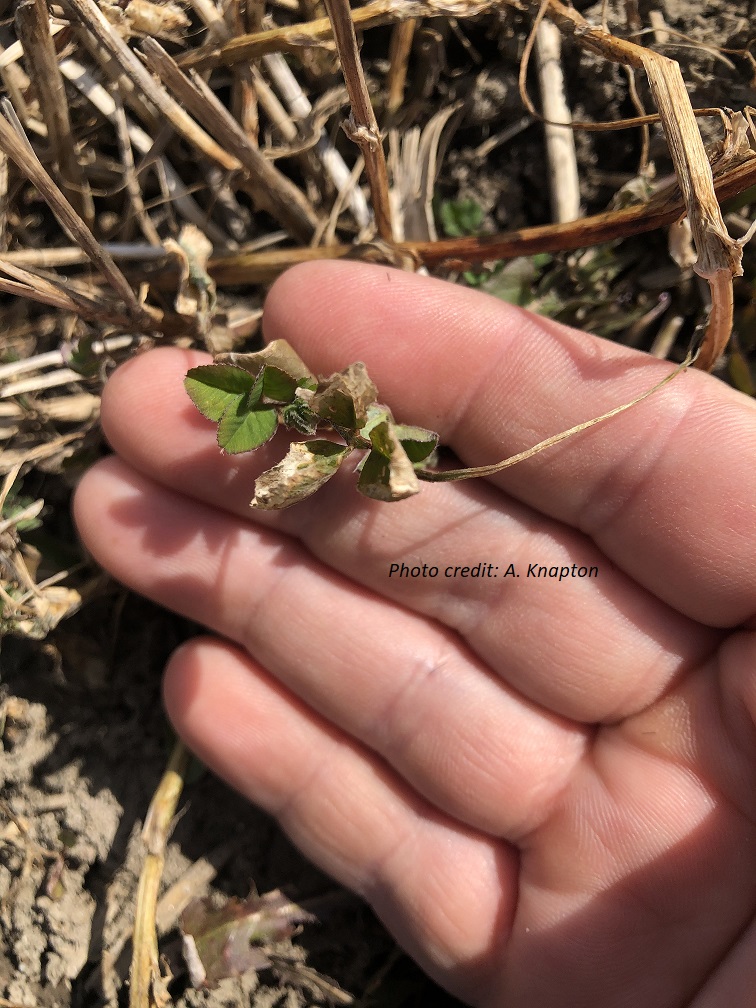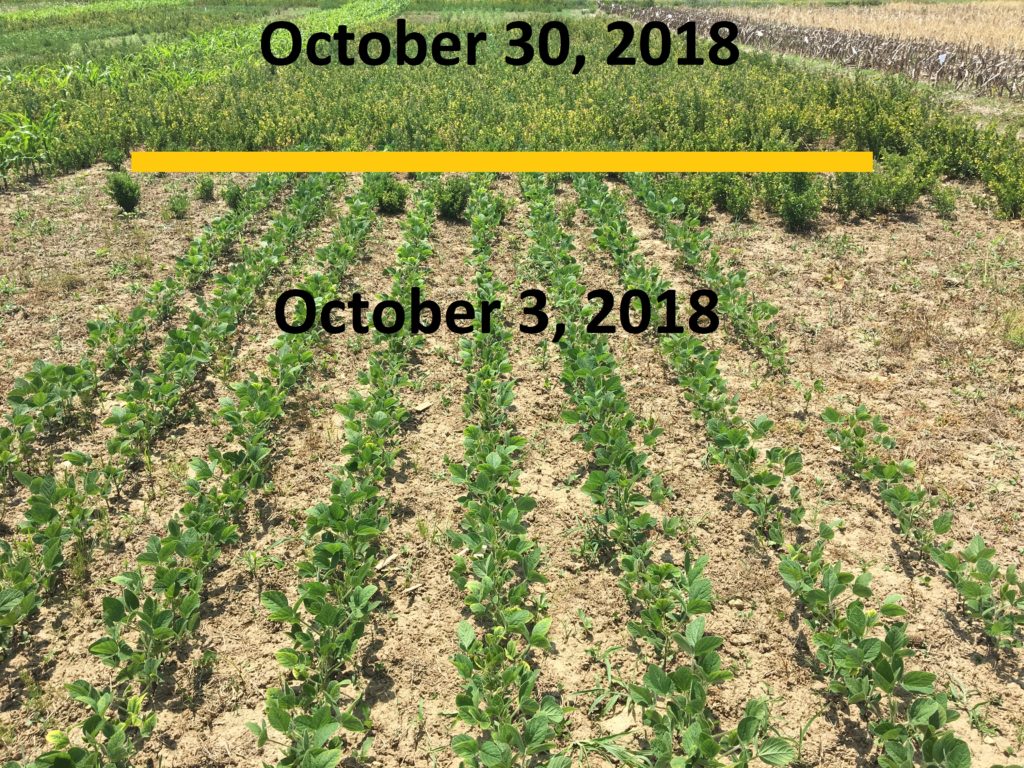Growing Cereals for Livestock Rations

Cereals can be used instead of corn as an energy source in livestock rations, and this substitution can help disrupt corn rootworm life cycles in the field. When growing cereals for feed the key areas to focus on include variety selection, establishment, fertility and disease management. Winter Cereals Growing a great cereal crop starts with […]











